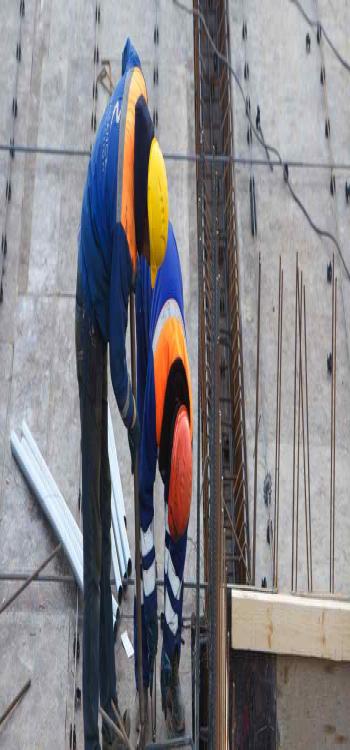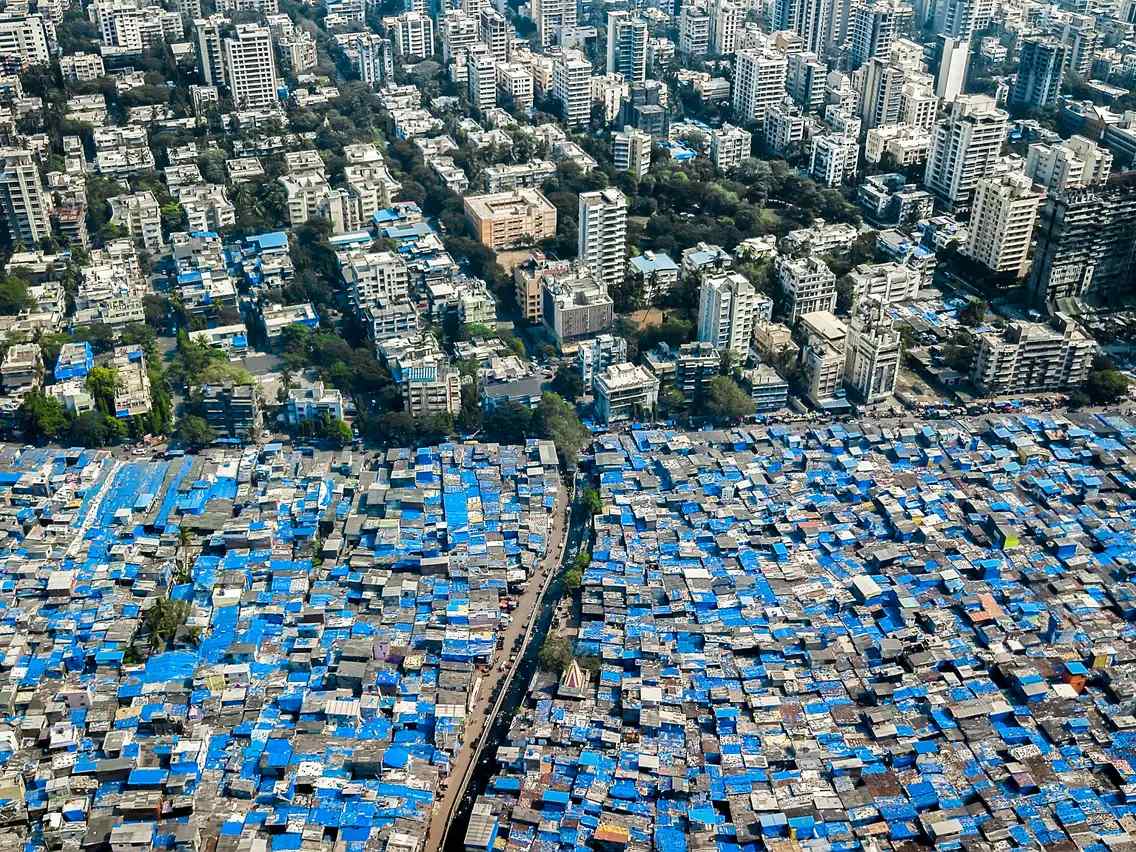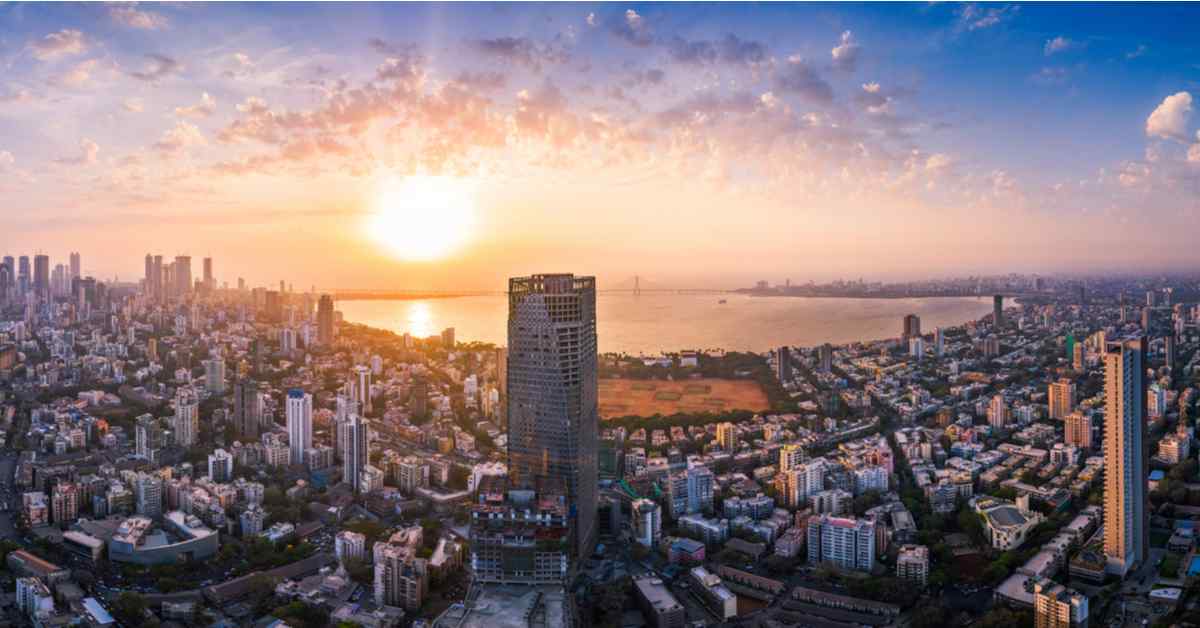Table of Contents
Quality Service Guarantee Or Painting Free

Get a rental agreement with doorstep delivery

Find the BEST deals and get unbelievable DISCOUNTS directly from builders!

5-Star rated painters, premium paints and services at the BEST PRICES!
Loved what you read? Share it with others!


Submit the Form to Unlock the Best Deals Today
Help us assist you better
Check Your Eligibility Instantly

Experience The NoBrokerHood Difference!
Set up a demo for the entire community
FSI in Mumbai 2025: Calculate FSI in Mumbai Municipal Corporation
Table of Contents
Floor Space Index or FSI in Mumbai refers to the ratio between the complete built-up area of a plot and the available plot area. The guidelines for FSI for residential building in Mumbai are determined by the government of the region and follows the National Building Code for the entire process. FSI is also commonly known as Floor Size Ratio or Floor Area Ratio as per the region of usage.
What is FSI in Real Estate: Meaning of FSI
FSI is also commonly known as Floor Size Ratio or Floor Area Ratio as per the region of usage.
The FSI formula looks like this–
Quality Service Guarantee Or Painting Free

Get a rental agreement with doorstep delivery

Find the BEST deals and get unbelievable DISCOUNTS directly from builders!

5-Star rated painters, premium paints and services at the BEST PRICES!
| FSI =Total Floor Area of all Floors of the BuildingPlot area |
FSI is a measure of the total built-up area that can be developed on a piece of land.
For example, if a plot of land measures 1,000 square meters and the FSI for the area is 2.0 means, that the total built-up area that can be developed on the plot is 2,000 square meters.
New Definition of FSI
A new definition of FSI was added in the DCPR-2034(Development Control & Promotion
Regulation) published by the Municipal Corporation of Greater Mumbai in 2018.
This definition is contrary to what was provided under the Maharashtra Regional and Town Planning (MRTP) Act, 1966, and the National Building Code of India.
The MRTP Act defines FSI as the total area on all floors, including the built-up area divided by the area of the plot.
In July 2023, the Bombay High Court had asked BMC(Brihanmumbai Municipal Corporation) to explain what it meant when it said that the additional FSI will be utilised under the Development Control and Promotion Regulation (DCPR)-2034.
Know More about FSI in Mumbai

In Mumbai, FSI is amended every few years and for property owners in Mumbai, it is absolutely necessary to stay up to date with the latest guidelines and new FSI rules in Mumbai. Floor Space Index in Mumbai is a very important parameter for the government to track the development and redevelopment projects in the city. The government needs to track these details as any city has limited space. With such limited space and a growing population, the government keeps track of the FSI value.
How to Find FSI of any Land
The premium FSI rate in Mumbai is decided by the municipal corporation of the city. A few of the major factors that help the municipal corporation in Premium FSI calculation Mumbai are
- Size of the property
- Type of building (residential flats, commercial buildings, etc.)
- Building’s location
- Availability of amenities
FSI Calculator Mumbai: How to Calculate FSI in Mumbai?

The FSI value of different properties in Mumbai can be equal if the building size differs visually. Based on the new FSI rules in Mumbai, it can be calculated by dividing the total area of the building floor with the Gross plot area.
Floor Space Index = Total area of the building floor/Gross Plot Area
The FSI of a place can differ significantly based on certain factors. Generally, the factors that are considered include parameters like construction exercises, population dynamics, growth models and the nature of the space.
Even the type of land can significantly affect FSI value depending on whether it is a residential, agricultural, commercial or industrial plot.
FSI in Mumbai is considered to be one of the very crucial factors for the city’s development. A low barrier is a real estate limitation as it complicates the process of construction. The real estate industry wants a higher FSI for the lands so that direct benefits can be extended to the estate developer.
This will result in the strengthening of the housing sector and more houses can be constructed in the same space, leading to higher sales. A higher FSI also equated to more demand in the area. Currently, KDMC FSI for redevelopment as per redevelopment rules in Mumbai 2023 is 1.10.
FSI in Mumbai For Commercial Buildings
For commercial/office buildings in Mumbai, the FSI varies depending on the location and the type of building. The commercial FSI in Mumbai is generally between 1.33 and 3. However, the FSI in Mumbai suburbs can go up to 5 for some areas.
The government can also offer additional FSI as incentives for buildings with specific features such as green buildings, heritage buildings, and buildings that incorporate affordable housing. It’s important to note that a higher FSI allows for greater built-up area, but it also means that the building needs to meet certain requirements such as adequate parking, infrastructure, and other amenities.
FSI in Mumbai For Residential Buildings
For residential buildings in Mumbai, the FSI also varies depending on the location and the type of building. The FSI for residential buildings in the island city is generally between 1 and 1.33. In some areas, the FSI can go up to 2.5, but this is usually limited to redevelopment projects. In the suburbs, the FSI can go up to 3, and in some cases, up to 4.
The government can also offer additional FSI as incentives for buildings that incorporate affordable housing or for redeveloping old buildings. It’s important to note that a higher FSI in residential buildings can result in overcrowding and strain on infrastructure, so the government closely regulates the FSI in residential areas.
How to Calculate FSI For Redevelopment in Mumbai
The calculation of FSI for redevelopment in Mumbai is based on the Development Control Regulations (DCR) set by the Municipal Corporation of Greater Mumbai (MCGM). The DCR is a set of rules and regulations that guide the development of properties in Mumbai, including the calculation of FSI.
To calculate FSI for redevelopment in Mumbai, you need to follow these steps:
- Determine the plot size: The first step is to determine the size of the plot where the redevelopment is proposed.
- Identify the existing built-up area: The next step is to identify the existing built-up area on the plot. This includes all existing structures on the plot, including the old building that is being redeveloped, if applicable.
- Calculate the permissible built-up area: The permissible built-up area is calculated by multiplying the plot size by the FSI as per the DCR. The FSI varies depending on the location and type of building, as well as the road width and other factors. You can find the FSI for your location in the DCR.
- Subtract the existing built-up area: The existing built-up area is then subtracted from the permissible built-up area to arrive at the additional built-up area that can be constructed.
- Calculate the FSI for the additional built-up area: Finally, the FSI for the additional built-up area is calculated by dividing the additional built-up area by the plot size.
It's important to note that the calculation of FSI for redevelopment in Mumbai can be complex, and it's recommended to seek the advice of a professional architect or a consultant with experience in the local regulations to ensure accurate calculations.
Permissible FSI in Mumbai: How Much FSI is Allowed in Mumbai?

The Mumbai government follows a transit-oriented development approach. This allows the Mumbai government to keep the maximum FSI in the city at 5. As per the new rules of FSI in Mumbai for redevelopment 2023, Mumbai’s FSI is up to 5. The FSI score of the areas of Mumbai can be categorised as
| Width of the road (in meters) | Minimum size of the plot (sq. m.) | Maximum FSI in Mumbai Permissible |
| 9 - 12 m | Below 1,000 | 2 |
| 12 - 18 m | Above 1,000 | 2.5 |
| 18 - 24 m | Above 2,000 | 3 |
| 24 – 30 m | Above 3,000 | 3.5 |
| 30 m & above | Above 4,000 | 4-5 |
(Figures for FSI for residential buildings in Mumbai)
FSI for Mumbai suburbs 2023 is set at up to 2.5 for residential buildings.
What Is FSI Premium?
If you want to increase the allowed FSI (Floor Space Index), you must pay the government a premium charge, called FSI Premium.
A 20% premium FSI is possible if the road next to the property is 30–40 feet wide. This indicates that you are permitted to construct 20% more than the FSI. In the same way, you may get a 30% premium FSI if the property is next to a 40–60 foot wide road. Similar to this, the Premium FSI is 40% for plots that are bordered by a road that is longer than 60 feet.
What is the most Significant Benefit of the FSI?

The premium FSI rate in Mumbai may be regarded as a major real estate limitation but it has many benefits for a progressing city like Mumbai:
- Managing the ratio between open space to developed space to an optimum level.
- Managing the city’s ecosystem and space.
- Measure a project’s stable development
- Managing the right balance between supported, planned growth & development is very necessary
The planning authorities of the city aim for a complete redevelopment plan with a move of FSI increase in Mumbai. Currently, the FSI base in Mumbai city is 1.33, which has been increased to 5 for commercial and 3 for residential spaces after the government’s revision. While the FSI for commercial development in Mumbai suburbs has been increased to 5, the FSI for residential spaces remains unchanged at 2.5. The FSI for commercial structures has been linked to the width of the road, which means the wider the road, the more space can be utilized. This is road width FSI Mumbai.
According to a study published by Cushman &Wakefield the new regulation will lead to an increase in the development potential of Mumbai. FSI in Mumbai is the maximum permissible area allowed by the Municipal Corporation for development. Based on the guidelines set by the government, these parameters keep changing from time to time. The current FSI in Mumbai city is set up to 5. It is the same as FSI for redevelopment in Mumbai.
With so many developing areas, Mumbai is one of the best and most preferred cities to live in among the new generation.
With so many developing areas, Mumbai is one of the best and most preferred cities to live in among the new generation. FSI in Mumbai is key to navigating property development seamlessly. However grappling with complexities present in the system can be a very challenging endeavour. That’s where NoBroker, with its expertise and legal services, stands as your reliable partner in addressing any hurdles. Contact us today for swift, efficient solutions.
FAQs
Ans. Paid FSI in Mumbai is available with the Planning Authority according to the FSI rules in Maharashtra. At present, Mumbai’s paid FSI charges are calculated depending on the ready reckoner rates of a plot. Paid FSI in Mumbai is almost equal to 25-33% value of the project.
Ans. As per the new FSI rules in Maharashtra 2023, FSI for redevelopment in Mumbai is the same as regular FSI, i.e. 1.10
Ans. No, FSI calculation in Mumbai only considers the gross floor area and hence doesn’t include any balconies, exterior spaces, common areas and driveways.
Ans. Permissible FSI refers to the maximum floor area that is officially permitted to be developed. The permissible FSI varies for different properties based on the location.
Ans. Currently, FSI in Mumbai is set at 1.10.
The FSI in Navi Mumbai, managed by CIDCO, ranges from 1.5 to 2.5 in residential zones and up to 5.0 in commercial/industrial areas but may vary with government policies.
Recommended Reading

Interior Design Cost in Mumbai for 1BHK, 2BHK, 3BHK AND 4BHK Apartments
December 31, 2024
6521+ views

Slum Areas in Mumbai: A Candid Exploration of Daily Life
December 31, 2024
13018+ views

Mumbai Metro Line 3: Station List, Fare and More
December 31, 2024
9202+ views

Floor Space Index (FSI) in Bangalore: Everything You Need to Know
December 31, 2024
9562+ views

Affordable Places to Live in Mumbai: Mumbai's Most Budget-Friendly Areas
December 31, 2024
6710+ views
Loved what you read? Share it with others!
Most Viewed Articles

Franking Charges Explained: Meaning and Benefits
December 31, 2024
1003122+ views

Supreme Court Verdict on Society Maintenance Charges
December 17, 2024
56871+ views

December 26, 2024
46473+ views

Stamp Duty and Registration Charges in Bangalore in 2025
December 17, 2024
41951+ views

All You Need to Know about Revenue Stamps
December 17, 2024
41591+ views
Recent blogs in
Non-Occupancy Charges: A Guide for Property Owners and Tenants
December 31, 2024 by Kruthi
Sale Deed: Your Guide to Property Ownership
December 31, 2024 by Kruthi
Small Cash Loan on Aadhar Card: Instant Approval, No Paperwork in 2025
December 31, 2024 by Kruthi
Structure Stability Certificate: Ensuring Building Safety
December 31, 2024 by Siri Hegde K
EC Telangana: Your Comprehensive Guide to Encumbrance Certificates
December 31, 2024 by Kruthi



Join the conversation!